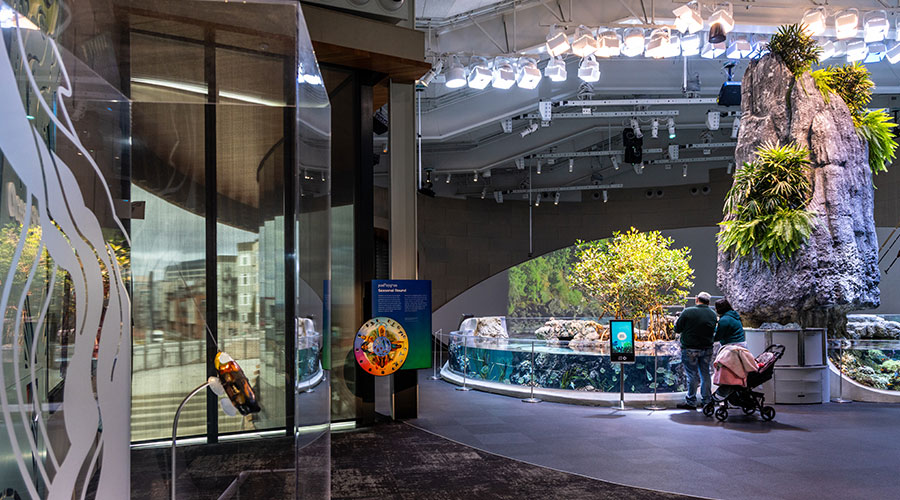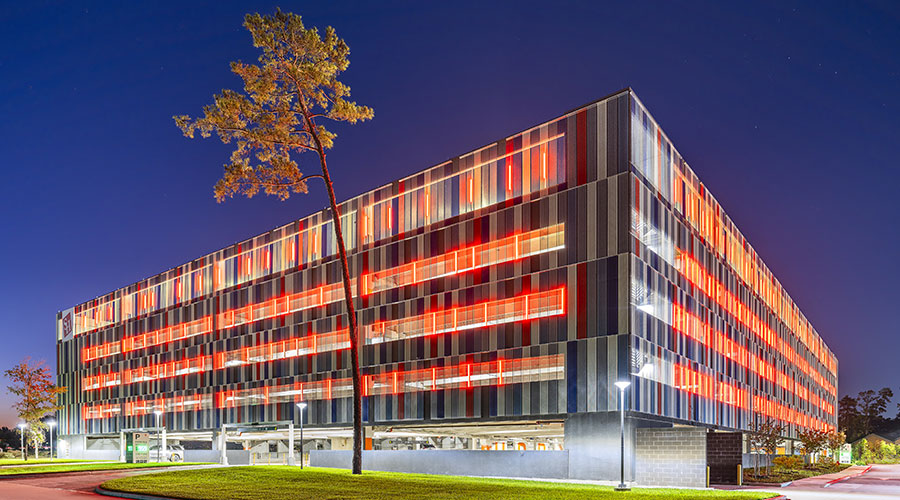Getting Started On Upgrades To Older Lighting Systems
In a still-tight economy and a world increasingly guided by energy conservation and sustainability-focused decisions, it's no surprise that facility managers continue to look for ways to reap savings in overall operating costs.
Facility managers can achieve significant savings by carefully examining existing lighting systems. According to Energy Star, lighting in U.S. commercial buildings accounts for 35 percent of a building's electrical use. Upgrading lighting systems to take advantage of efficient light sources, fixtures, and controls can help facility managers reduce lighting energy use, improve the visual environment, and find true cost savings.
"Many commercial facilities have aged lighting systems, some of which are more than 20 years old. There is huge potential for upgrades," notes Keith T.S. Ward, president and CEO of Luminus Devices and chairman of the National Electrical Manufacturers Association's (NEMA) enLIGHTen America campaign, formed in 2008 to promote energy savings for new and existing buildings.
"In the last 30 years, lighting has changed completely, in every socket application," Ward says. "It's more efficient, and it has more capability. What's more, updated, efficient lighting can also increase worker productivity and reduce operating costs. There is a clear economic story here from many angles."
Examine Lighting Needs
The journey to a total lighting upgrade involves numerous factors along the way. The first crucial step is ensuring proper light levels.
"Given the diversity in applications — ceiling height, fixture spacing, lamps per fixture — it is difficult to provide rules of thumbs for making sure the light levels are acceptable," says John Brelus, General Electric's global product general manager — fluorescent systems.
The Illuminating Engineering Society (IES) provides recommended light levels for different applications. A lighting audit is one way to determine the right lighting levels in a specific space.
"The best option is to have a lighting professional audit your facility," says Silvie Casanova, lighting communications manager, Philips Lighting North America. "Audits provide insight to energy consumption and potential savings, as well as light level calculations for existing and new lighting solutions to ensure they are meeting recommended IES levels."
"To assure the proper IES levels are met, have the auditor report the levels found during the audit and report the recommended IES levels," says Bob Smith, director of Energy Marketing Solutions for Eaton's Cooper Lighting business. "When the proposal is provided, have the auditor report the expected light levels once the retrofit is complete." Finally, he says, verify light levels once the installation is complete, bearing in mind the light levels should be roughly 5 to 40 percent above IES recommended levels, depending on the lighting technology used, to account for lumen depreciation.
Facility managers also can survey building occupants before a retrofit to gauge occupant satisfaction with light levels, adds Scott Roos, vice president of product design at Juno Lighting Group. "See if they think the existing levels are too high, too low or just about right as a real-world check on what works for their specific workforce," he says.
It's important to note that the equation for a successful upgrade involves more than just light levels, says Larry Leetzow, president of Magnaray International Division. According to Leetzow, light quality (which includes color, uniformity, and glare control) is the most important desired result.
"We can't design high-performance lighting systems with just an intensity metric anymore," Leetzow says. "We can save lots more energy, while improving productivity, safety, etc., with high-quality lighting systems that can result in lowering lighting levels." He calls human visual efficacy factors — based on color, uniformity, and glare control — "extremely important."
Related Topics:














